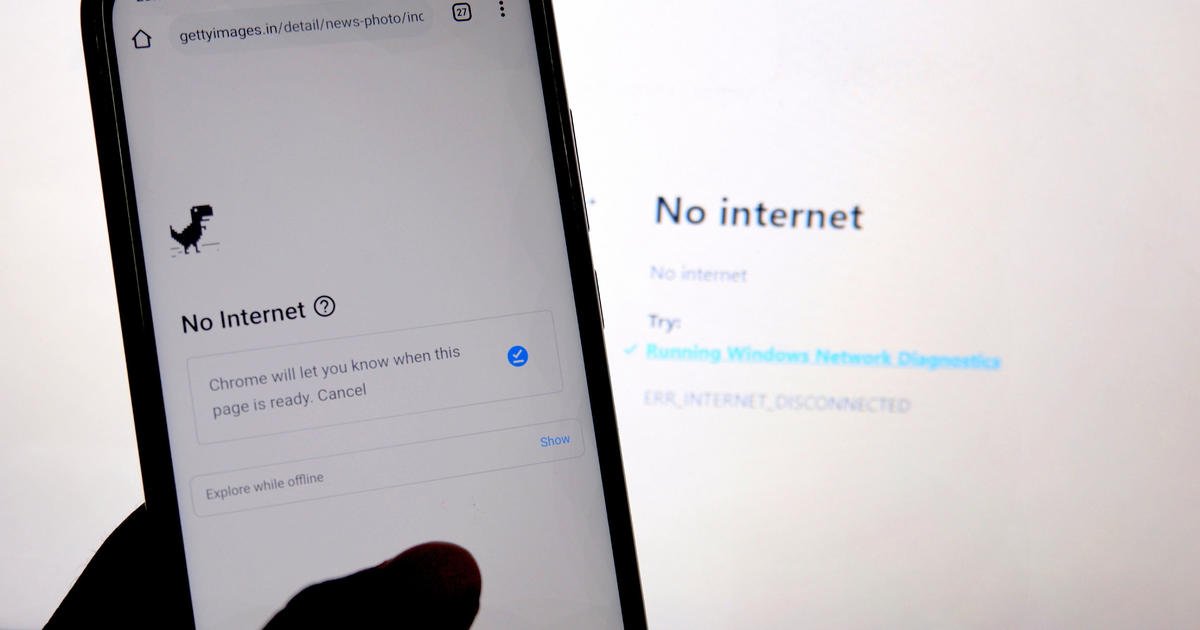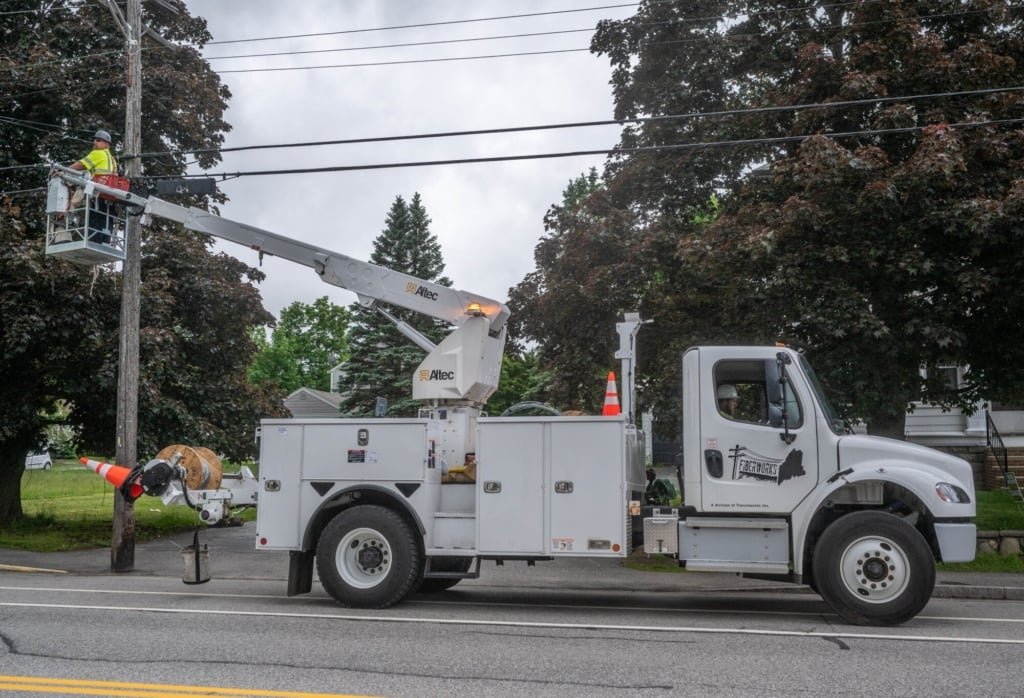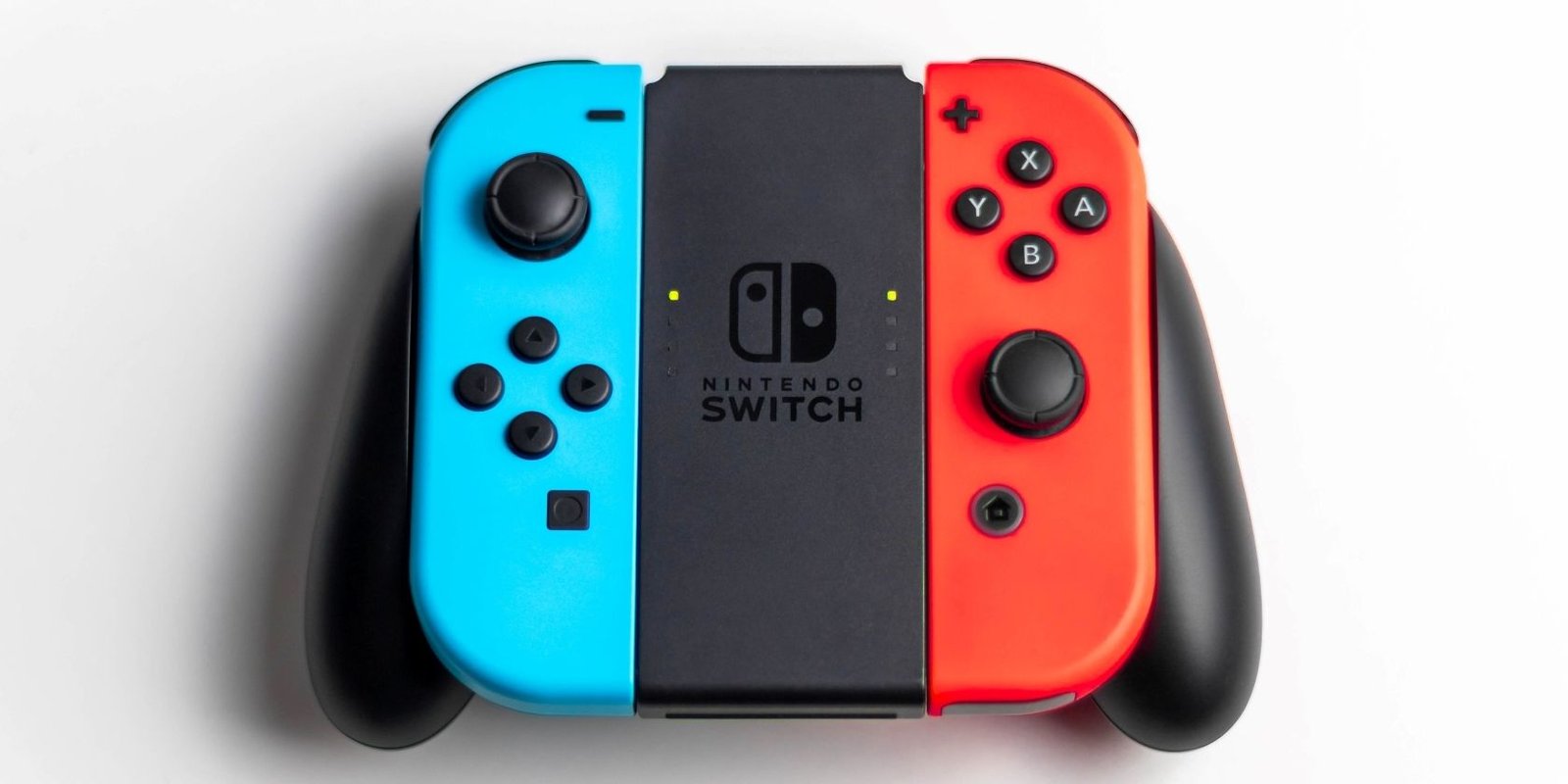Many Americans take a solid Internet connection for granted. Many others, however, live in areas where they cannot even connect to the Internet.
Now, the US government is working to bridge the digital divide by expanding broadband access.
Recent data from the Federal Communications Commission (FCC) found that more than 8.3 million homes and businesses nationwide do not have access to high-speed broadband service.
For Amanda Moore, that means that when she can’t connect to the Internet, she doesn’t just reset her router or modem. Instead, she takes her laptop for a spin and drives up a hill behind her house in search of a hot spot.
“It’s kind of like if you share your favorite place to shop, we share our favorite places to get signal,” she said of the struggle between her and her neighbors to connect to the Internet.
Moore lives in Clay County, West Virginia, where the FCC estimates that about one-third of homes and businesses lack access to high-speed broadband. Although she now often works from home for United Way, she has been a professional photographer for 20 years and she didn’t have the bandwidth to upload files, which proved to be much of an inconvenience.
“It absolutely changed my career path,” Moore said. “I didn’t have time to wait for the infrastructure to reach, you know, the business I wanted to have. So I just had to let it go.”
Commerce Secretary Gina Raimondo is spearheading the Biden administration’s $65 billion broadband push, which is part of the bipartisan infrastructure bill signed into law in 2021. The effort will work to help families like Moore’s, she said. The goal is to make broadband universally available in the next five years, and a plan is also in place to reduce the cost of the utility.
“Broadband is no longer a luxury. It’s a necessity,” Raimondo said.
He also said Internet access is “essential” to maintaining America’s competitiveness with China.
“Tapping into everyone in America — boys, girls, people of color, people who live in rural America — will make us stronger. And if those are the people who don’t have the internet, we’re losing their talent,” Raimondo said.
Jayleigh Persinger, a student in Hico, West Virginia, often has trouble completing homework because there is no broadband in her home. Persinger, 15, said lack of quick service ‘makes it very difficult’ to get the job done
“It takes me a minute to five minutes to reconnect,” Persinger said. “And at that point, with my ADHD, I’m like, ‘Okay, is this worth doing?'”
Richard Petitt, the principal at Persinger’s school, said that’s not unusual. Some students at the school can’t connect to the internet at all, he said.
“We have a lot of kids living on the back lines of our area who just don’t have the option, or can’t afford it at home,” she said. “If we don’t do something to close the gap, we can only determine that we will leave people behind.”
Now, every state in the nation will receive federal funding to expand broadband access. Exactly how the billions of dollars will be split will be announced by the end of June, based on a newly released FCC coverage map. But even with that influx of cash, it could still be a long way.
“The biggest challenge is the topography,” Raimondo said. “You think of some places in the West, or anywhere, really, with mountain ranges with challenging physical circumstances, but we’ll make it.”
For Moore, it can’t be done soon enough.
“Broadband access would probably make me sing and dance,” she said. “It would make my life easier. It would make everyone’s life so much easier.”
#invests #billions #expand #highspeed #Internet #access #rural #areas #Broadband #longer #luxury




